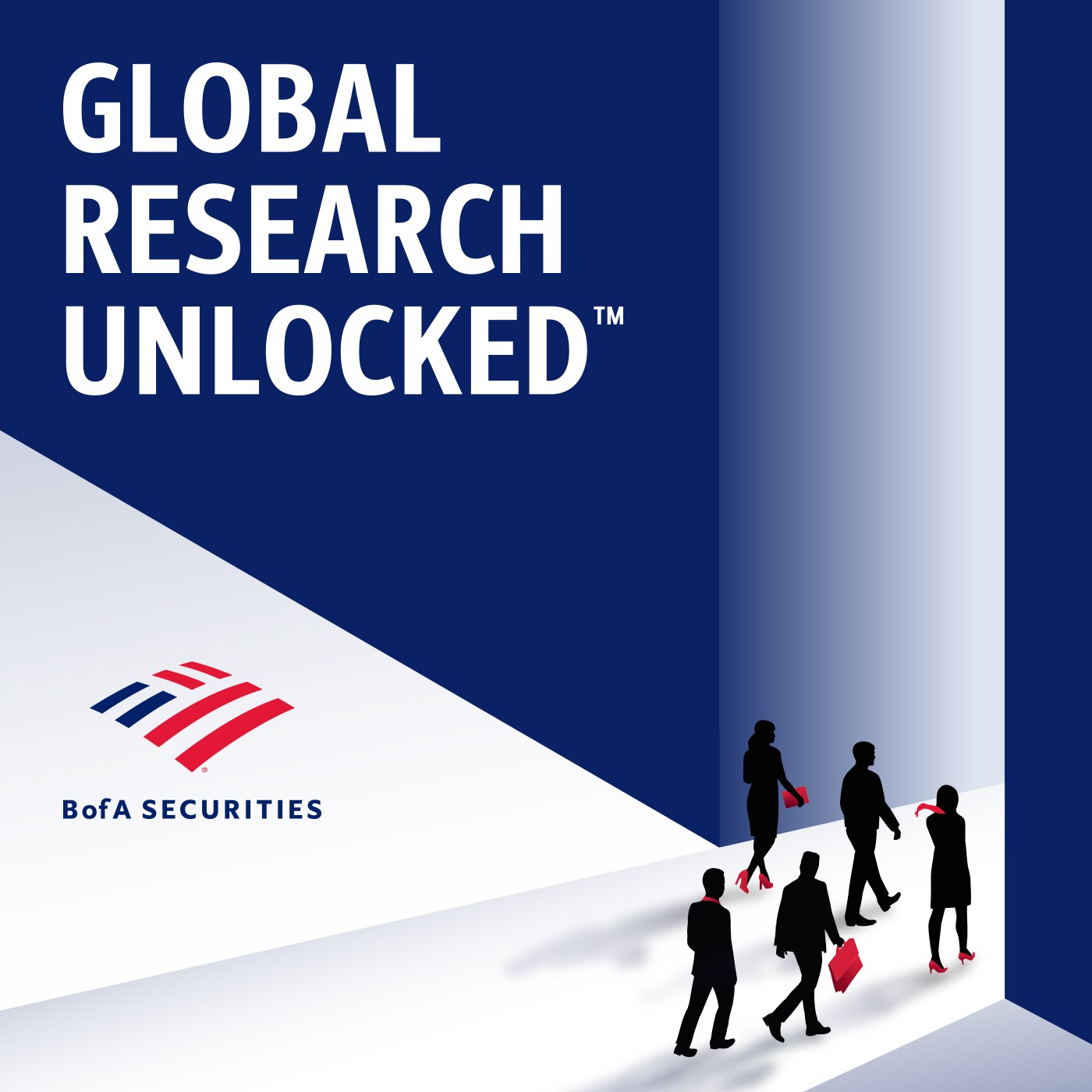Inflation means shopping around for gasoline and hedges
Description
Sticky inflation means the Fed put slips away
Volatility markets in rates and equities are sending different signals. Equity volatility has fallen back to pre-COVID levels while rate volatility is still elevated. Ben Bowler suggests that despite lots of uncertainty in rate markets, equity investors are still conditioned to "buy the dip." But high inflation means that the free Fed backstop is no longer and tail risks are greater. The low level of implied equity volatility means that there's an alternative to the Fed put--one can own volatility. Inflation also means that Treasuries aren't the hedge they once were, instead, Bruno Braizinha has been having conversations with investors about owning volatility as their hedge rather than Treasuries. Bruno also warns us that the full impact of rate hikes hasn't hit yet.
You may also enjoy listening to the Merrill Perspectives podcast, featuring conversations on the big stories, news and trends affecting your everyday financial life.
"Bank of America" and “BofA Securities” are the marketing names for the global banking businesses and global markets businesses (which includes BofA Global Research) of Bank of America Corporation. Lending, derivatives, and other commercial banking activities are performed globally by banking affiliates of Bank of America Corporation, including Bank of America, N.A., Member FDIC. Securities, trading, research, strategic advisory, and other investment banking and markets activities are performed globally by affiliates of Bank of America Corporation, including, in the United States, BofA Securities, Inc. a registered broker-dealer and Member of FINRA and SIPC, and, in other jurisdictions, by locally registered entities.
©2023 Bank of America Corporation. All rights reserved.
More Episodes
Published 11/20/24
Published 11/19/24
HY issuance recovers but net new credit largely absent
Spreads in the US high yield market are near the tightest levels ever, providing a constructive read on the US economy. Tight spreads and lower rates have led to a pickup in HY issuance, which recently approached more normal levels, but that...
Published 10/30/24


